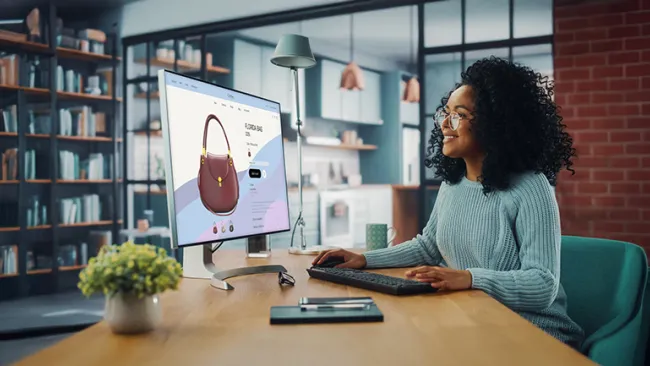Most contact center leaders know analytics can unlock insightful clues for improving associate performance, making processes more efficient, and raising customer satisfaction levels. But with so many different capabilities available today, determining what type(s) of contact center analytics will work best to achieve business goals is somewhat a mystery.
In this crash course, we’ll explore the definitions of, differences and similarities between, and use cases for three of the most prevalent call center analytics – speech analytics, voice analytics, and text analytics.
SPEECH ANALYTICS 101
Speech analytics automate a contact center’s ability to evaluate recorded voice calls between agents and customers to gather information, identify patterns, and segment commonly used phrases and terms to improve operational performance and gather key business intelligence and customer insights.
Why use speech analytics in the contact center?
Deploy speech analytics to dissect the Voice of the Customer (VoC), and use findings to make customer service improvements.
For example, if with analytics you determine that customers frequently call to resolve straightforward issues or requests like confirming reservations or updating account information, consider directing callers to self-service tools. Doing so helps customers find answers to frequently asked questions with minimal effort and allows agents to focus their attention on addressing complex issues that require a more personal (and more human) interaction.
Leverage speech analytics to improve employee performance, highlight key players in the workplace, and spread knowledge at scale.
Use the cloud-based technology to cherry pick the best customer experience (CX) wins and fails to uncover real-world best practices, pinpoint associates in need of additional training, and bring proficient team members to the forefront.
VOICE ANALYTICS 101
Voice analytics amplify the VoC by reviewing and reporting how words are said. More specifically, this advanced technology quickly parses through call recordings and reports common patterns in tone, pitch, stress, tempo, and rhythm.
Why use voice analytics in the contact center?
A speech analytics solution may flag frequent occurrences of the word “great.” At face value, many contact center managers may think agents are delivering amazing customer experiences. Not so fast!
Voice analytics add contextual data and interpret the emotion behind the word(s) used in conversation. From a customer’s point of view, there’s a stark contrast between an enthusiastic “Great!” versus a frustrated “Well, that’s just great.” The first indicates the call center provides exceptional customer service. The latter…not so much. This minor variance is a major differentiator for business outcomes.
TEXT ANALYTICS 101
What is text analytics?
When they want to communicate with a brand, today’s digital-first customers won’t call – they message, email, complete ‘Contact Us’ forms, tweet, send direct messages, comment, start a live chat, or leave feedback. Text analytics helps brands parse through the plethora of “typed or texted” conversations (aka unstructured data) to gain a deeper understanding of what makes the digitally inclined customer tick.
Why use text analytics in the contact center?
Deploy text analytics software to do everything voice analytics do – only on text-based channels. This technology explores trending discussion topics, detects common digital-first behaviors, and/or gets a pulse on current brand perceptions.
If customers suddenly start commenting in their social media feeds about a new product they love or hate (and why), having an efficient, quick way to gather that data and extract insights from it is vital for real-time CX success.
What call center analytics does your contact center need?
Whether it’s typed or voiced out loud, real-time customer conversations provide unprecedented insights into making contact centers more effective at providing stellar customer experiences and upholding brand promises.
Call center analytics can reveal the top reasons customers call, undiscovered customer pain points, who the top-performing agents are vs. who could use more coaching, new topics to include in future trainings, and much more. TTEC’s contact center analytics experts can help you convert structured and unstructured customer data into actionable insights.
Learn more
Here are additional resources on call center analytics
Contact Center Analytics Solutions: 6 Ways Analytics Impacts Business Outcomes – Better utilizing contact center analytics is a great way to improve CX, grow your business, and optimize call center operations.
Putting the ‘Voice’ Back into the Voice of the Customer – Voice data carries the most granular insights into the customer mindset and offers the opportunity to deliver results in real time.
Make Every Voice Heard with Speech Analytics – Interaction analytics, also known as speech analytics, provide organizations with 20/20 vision on their customer interactions and a path for action to enhance them.
Text Analytics Can Tell You More Than Just How Customers Feel – Text analytics is a tool that can convert unstructured “voice of the customer” content, such as spoken or written comments, into structured content to analyze for insights.

















